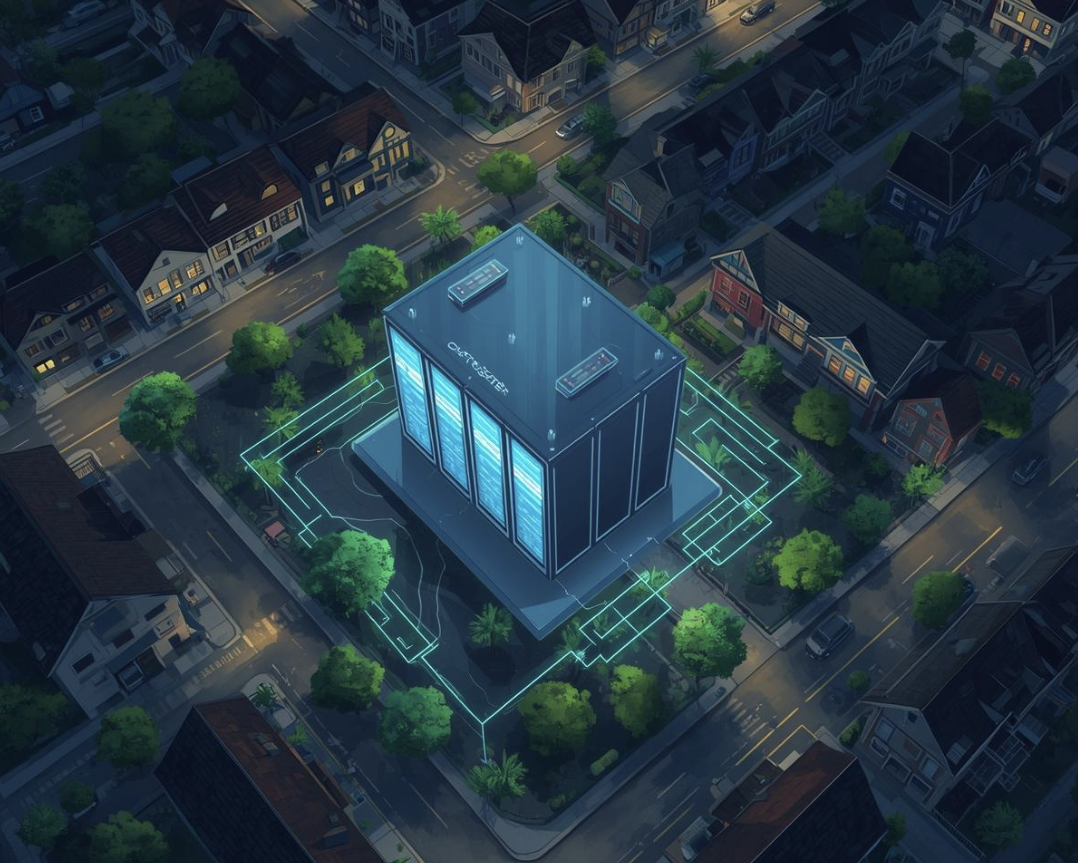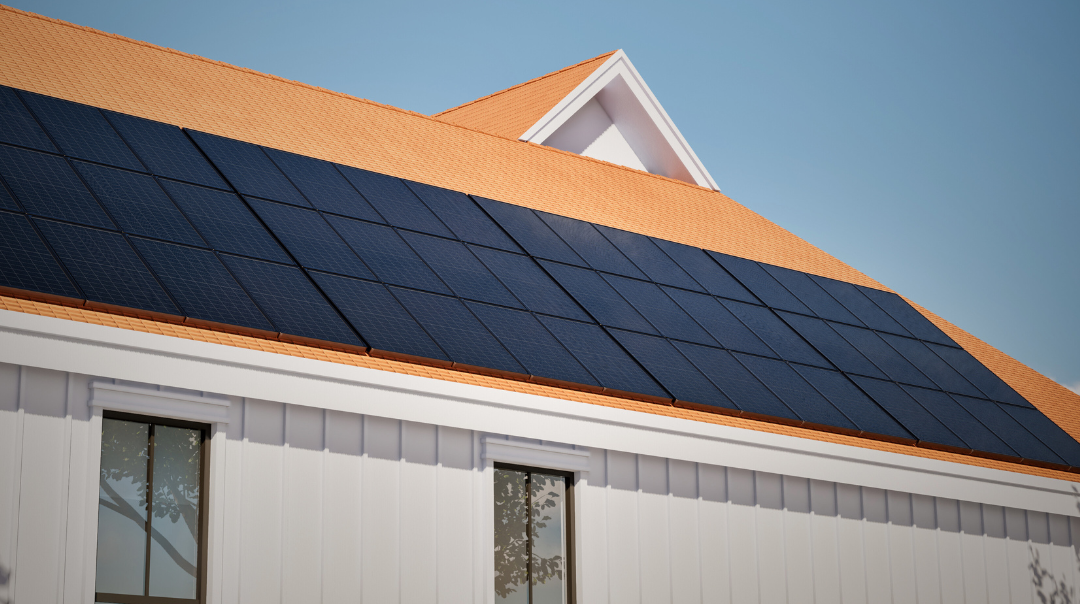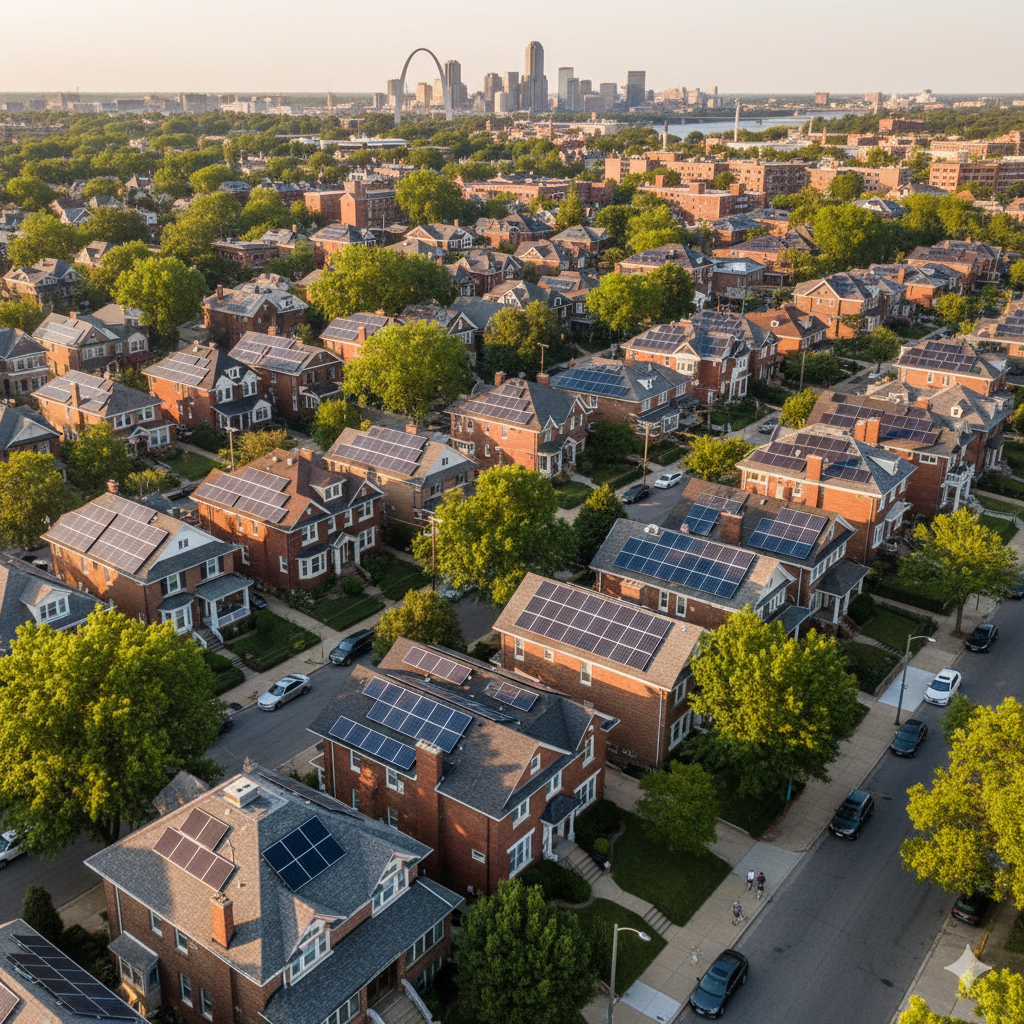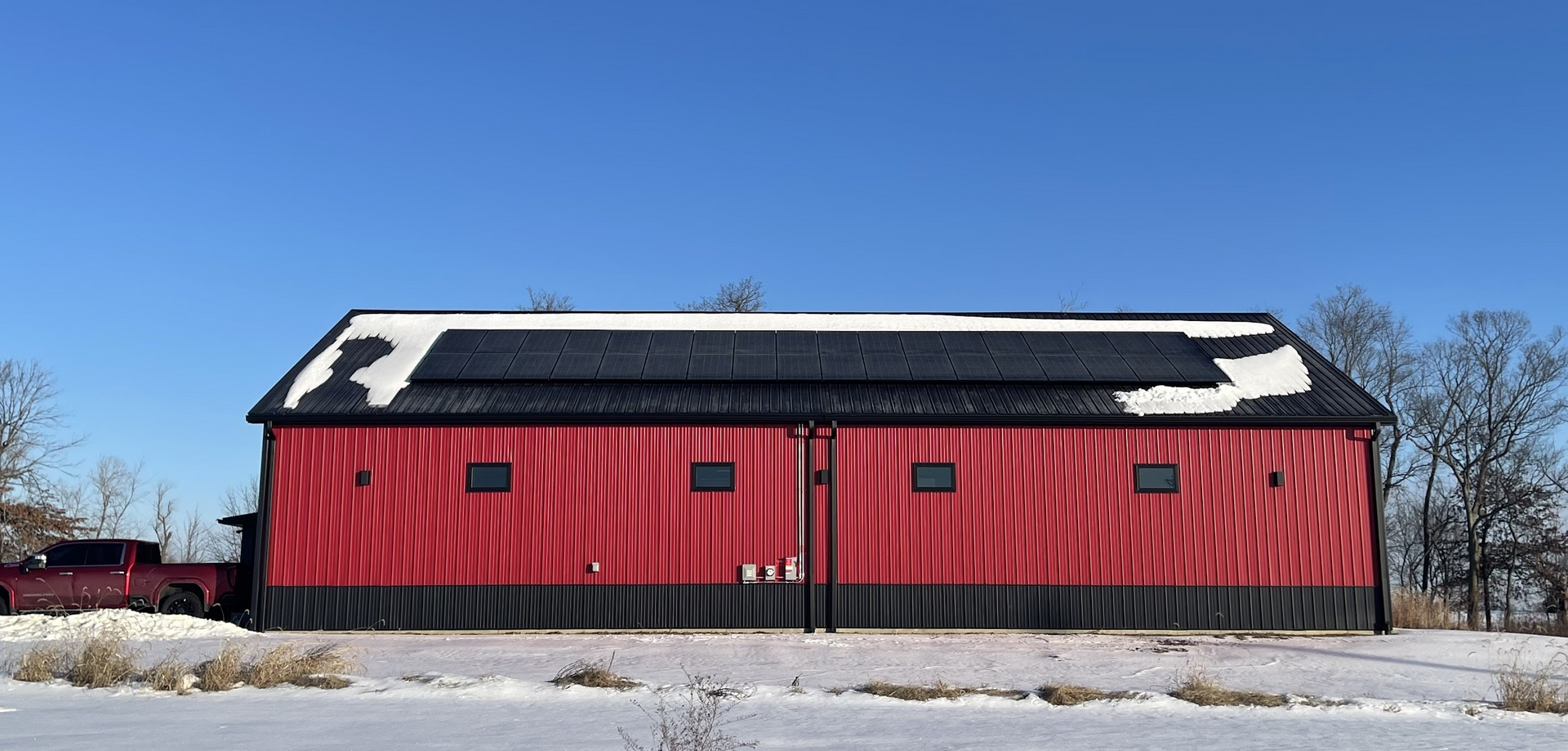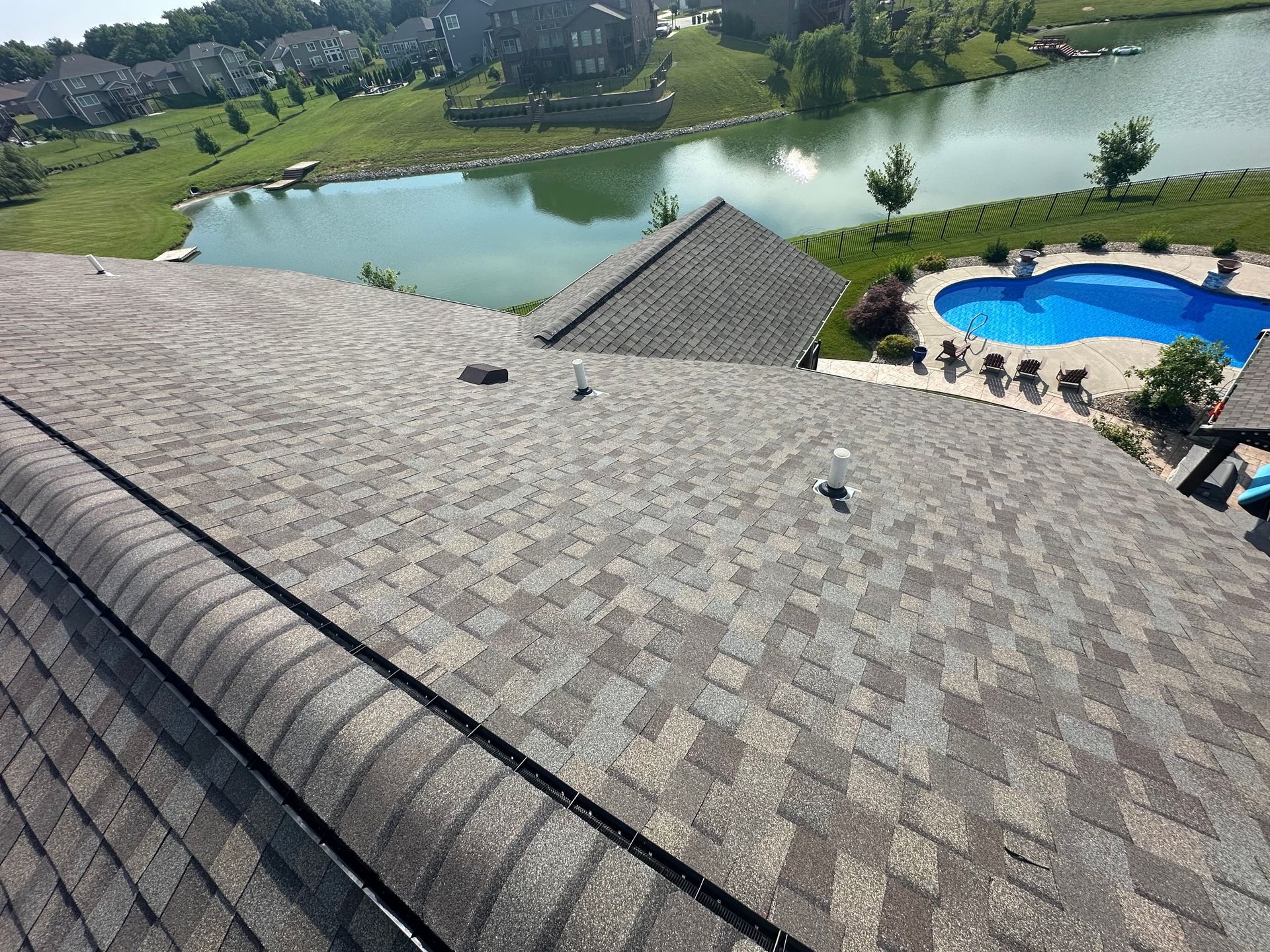Everything You Need to Know About Professional Roofing Replacement
Your roof is your home's first line of defense against the elements—the sun, rain, wind, and everything in between. But like any part of your home, it won't last forever. Understanding the signs of a failing roof and the process of a professional roofing replacement is crucial for protecting your investment.
At SunSent Solar, we believe a great roof is the foundation for a great home, and it’s a critical first step if you’re considering a future solar panel installation. This deep dive into the world of roofing will answer all your questions and help you determine if it's time for an upgrade.
When Is It Time to Replace Your Roof?
Knowing when to replace your roof can be tricky, but there are several clear signs that a professional roofing replacement is needed. Don't wait until you have a leak in the living room; be proactive by looking for these indicators:
- Age: Most asphalt shingle roofs last between 20-25 years. If your roof is nearing this age, it’s a good idea to have it professionally inspected.
- Curling, Cupping, or Missing Shingles: Shingles that are curling at the edges, cupping in the middle, or are simply missing are a clear sign of wear and tear, leaving your roof vulnerable to water damage.
- Granules in Gutters: Asphalt shingles are coated with granules to protect them from UV rays. If you see a buildup of these granules in your gutters, it means your shingles are deteriorating and losing their effectiveness.
- Visible Sagging: If you can see a visible sag or wave in your roofline, it could indicate a serious structural issue with the decking or supports underneath, which requires immediate attention.
- Water Stains or Leaks: Any signs of water damage on your ceiling or walls, or drips in the attic, are the most obvious and urgent indicators that your roof has been compromised.
The Professional Roofing Replacement Process
A roof replacement is a multi-step process that a professional crew, like the experts in sunsent roofing, can complete efficiently and safely. Here is a typical timeline and what you can expect:
- Preparation and Tear-Off: The crew arrives, protects your property (landscaping, windows, etc.), and begins the tear-off process, removing all old shingles, underlayment, and flashing down to the roof decking. This is often the noisiest and most labor-intensive part of the job.
- Decking Inspection: Once the old roof is removed, the crew inspects the wooden decking for any signs of rot, water damage, or weakness. Any damaged boards are replaced to ensure a strong, safe foundation for the new roof.
- Underlayment and Waterproofing: A leak barrier (often called ice and water shield) is installed in key areas like valleys and around chimneys. After that, a synthetic underlayment is rolled over the entire roof decking to provide an extra layer of protection against moisture.
- Shingle Installation: The new shingles are installed, starting from the eaves and working their way up. A professional team ensures proper alignment and nailing to create a watertight seal and a beautiful, consistent finish.
- Flashing and Ventilation: New flashing is installed around vents, chimneys, and walls to prevent water intrusion. The crew also ensures that proper ventilation is in place to prevent heat and moisture from building up in the attic, which can extend the life of your new roof.
- Cleanup: The final step is a thorough cleanup of the entire property, including using a magnetic sweeper to pick up loose nails and debris.
DIY vs. Professional Roofing Replacement
While some homeowners might consider a DIY approach to save money, a professional roofing replacement is almost always the smarter, safer, and more cost-effective choice in the long run.
- Expertise and Quality: Professionals have the specialized knowledge to identify and fix hidden issues, ensuring the job is done correctly from the start. A single mistake in a DIY project can lead to costly water damage and void your material warranties.
- Safety: Roofing is one of the most dangerous jobs in construction. A professional crew has the proper safety equipment and training to work at heights and with heavy materials.
- Efficiency: An experienced crew can complete a roof replacement in a fraction of the time it would take a DIY homeowner. This minimizes the disruption to your life and protects your home from the elements.
How Long Does It Take and How Big Should the Team Be?
For a typical residential home with an average-sized roof, a professional roofing replacement can take 1 to 3 days. The total time can vary based on several factors, including:
- Roof Size and Complexity: Larger or steeper roofs with more valleys and dormers will naturally take longer.
- Weather: Rain and high winds can cause delays, as work must stop to ensure the crew's safety and protect the home.
- Crew Size: A typical professional roofing crew consists of 4 to 8 skilled members. This team size is a happy medium that allows for maximum efficiency without crowding the workspace.
A New Roof is the Foundation for Your Solar Future
If you're thinking about a
solar panel installation
, the condition of your roof is the first thing you should consider. A new roof, installed by a trusted
solar installer in St. Louis
and providing peace of mind with our
sunsent roofing
service, is a perfect foundation for a new solar system.
- Long-Term Synergy: Solar panels are designed to last for 25-30 years. Installing them on a roof that is near the end of its life means you’ll have to pay to have the panels removed and re-installed for the new roof, which is a significant, avoidable expense.
- Structural Integrity: A new roof ensures the decking is strong enough to support the weight of the panels and withstand severe weather for decades.
This is why we offer both professional roofing and
solar panel installation
. We ensure your home is fully prepared for a new solar system from the very start.
Frequently Asked Questions (FAQ)
Q: How do I know if I need a new roof or just a repair? A: If your roof is nearing the end of its life (over 20 years old), a full replacement is often the best choice. Signs of widespread damage like granular loss or curling shingles also point to a full replacement. For an accurate assessment, it's best to consult with a professional
sunsent roofing
expert.
Q: Why is a new roof important for a solar panel installation? A: A new roof provides a fresh, durable surface that will last as long as your new solar system. This prevents the costly and disruptive process of having to remove and reinstall your
solar panel installation
years down the road.
Q: Can a new roof improve my home's energy efficiency? A: Yes. A new roof with proper insulation and ventilation can significantly improve your home's energy performance, helping to lower your heating and cooling costs even before a
solar panel installation
.
Q: What is the
solar tax credit 2025
and how does it relate to a new roof? A: The federal
solar tax credit 2025
allows you to claim a significant percentage of your solar installation costs as a tax credit. While the tax credit doesn't apply to a roof replacement on its own, a professional
solar installer in St. Louis
can often package the two projects, making the combined investment a smarter financial move. Not everyone is eligible for the FITC.
Is it time for a new roof? Are you ready to find out how a new roof can pave the way for a future
solar panel installation
?
Don't wait for a leak to tell you it's time for a professional roofing replacement. Contact
SunSent Solar today at
636.757.3083 for a free, no-obligation inspection and quote! Let
sunsent solar
protect your home from above.
